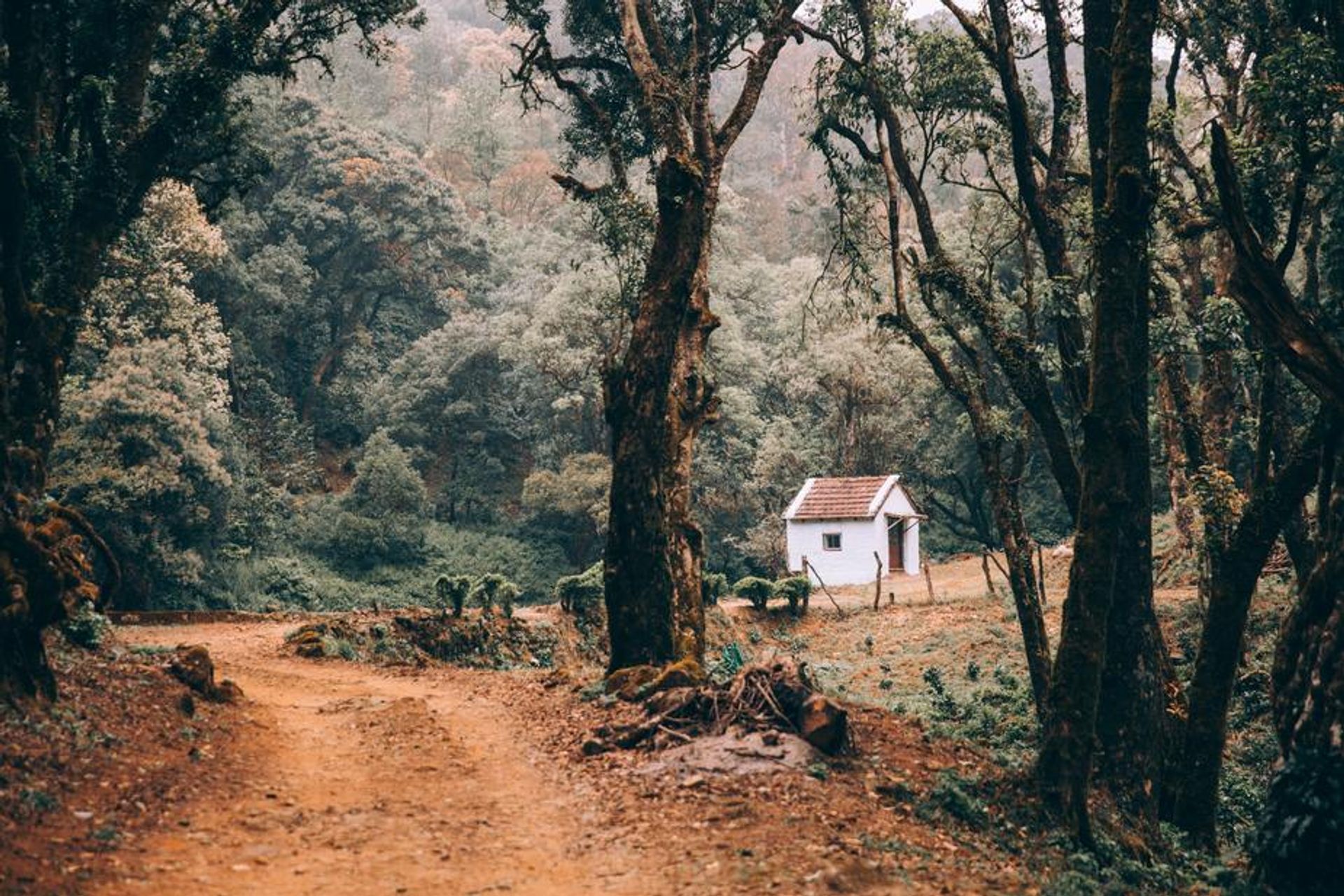Tiny Houses and the Future of Young People

Why Tiny Houses?
Melbourne’s housing market has become a pipedream for most young Australians. Many of us look to our housing market and see no way into property ownership or investment beyond debt, 30-year mortgages or outer suburban living. But perhaps we don’t have to. Given our generational response to climate issues and our individual environmental footprints, maybe there’s an alternative. Maybe it’s time to abandon the housing market in search for an alternative. An alternative such as tiny houses.
With the decrease in young people settling down, the dream of a large family home seems outdated. Families are shrinking and so too should houses. For Millennials and Gen Z, tiny houses provide a step to addressing climate issues, spatial concerns, and affordability. Most importantly, they respond to modern issues where traditional houses fail to.

What are Tiny Houses?
Tiny houses are small, compact homes that run independently and are highly adaptable. They are incredibly environmentally conscious as due to their size, electricity requirements are minimal. Solar panels are usually the main source of power, drastically cutting energy costs and environmental impact. Every millimetre of a tiny house is considered, in order to maximise the function of the small space. Furthermore, they are portable, with a small carbon footprint. Flexibility is at the heart of this form of housing, as they can settle wherever convenient. This means that the city can comfortably expand, without excessive high rises or land development.

How Can Tiny Houses Help Me Reduce Costs?
Finally, if cost is a concern, tiny houses are a great option as cost is woven into every aspect of these homes. Running upwards of $80,000 tiny houses are cheap to make and cheap to buy. Comparatively, a tiny house may cost an investor 4 years of debt compared to the 30 to 40 years a traditional home would create. Electricity bills are non-existent due to their integrated solar panels and their portability means they can settle almost anywhere: no longer will two-hour commutes between work and home be the morning routine of the young homeowner.
The Tiny House movement has shown itself to be a promising development that shows potential to address problems of future generations. I look forward to seeing the solutions it creates and how it continues to evolve to a changing world and climate, with changing needs and habits.
Aaris Katsoulakis, 3/8/21
